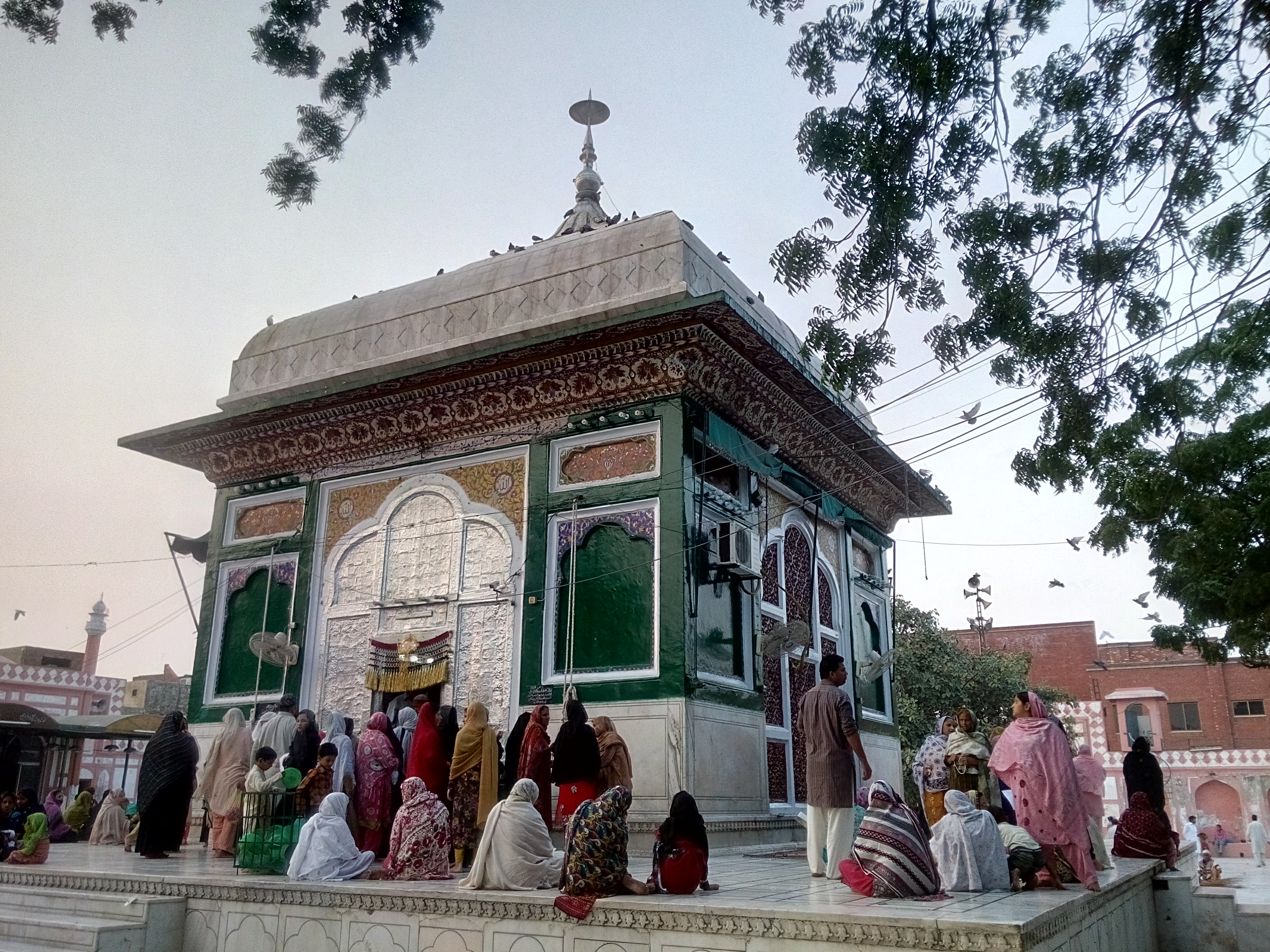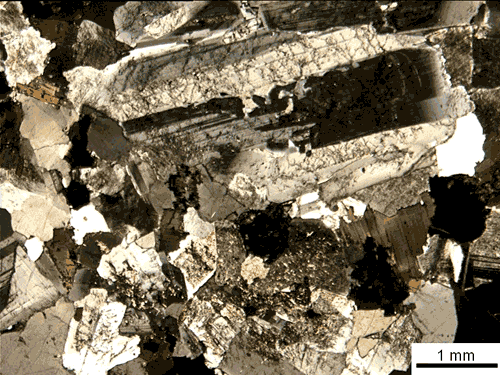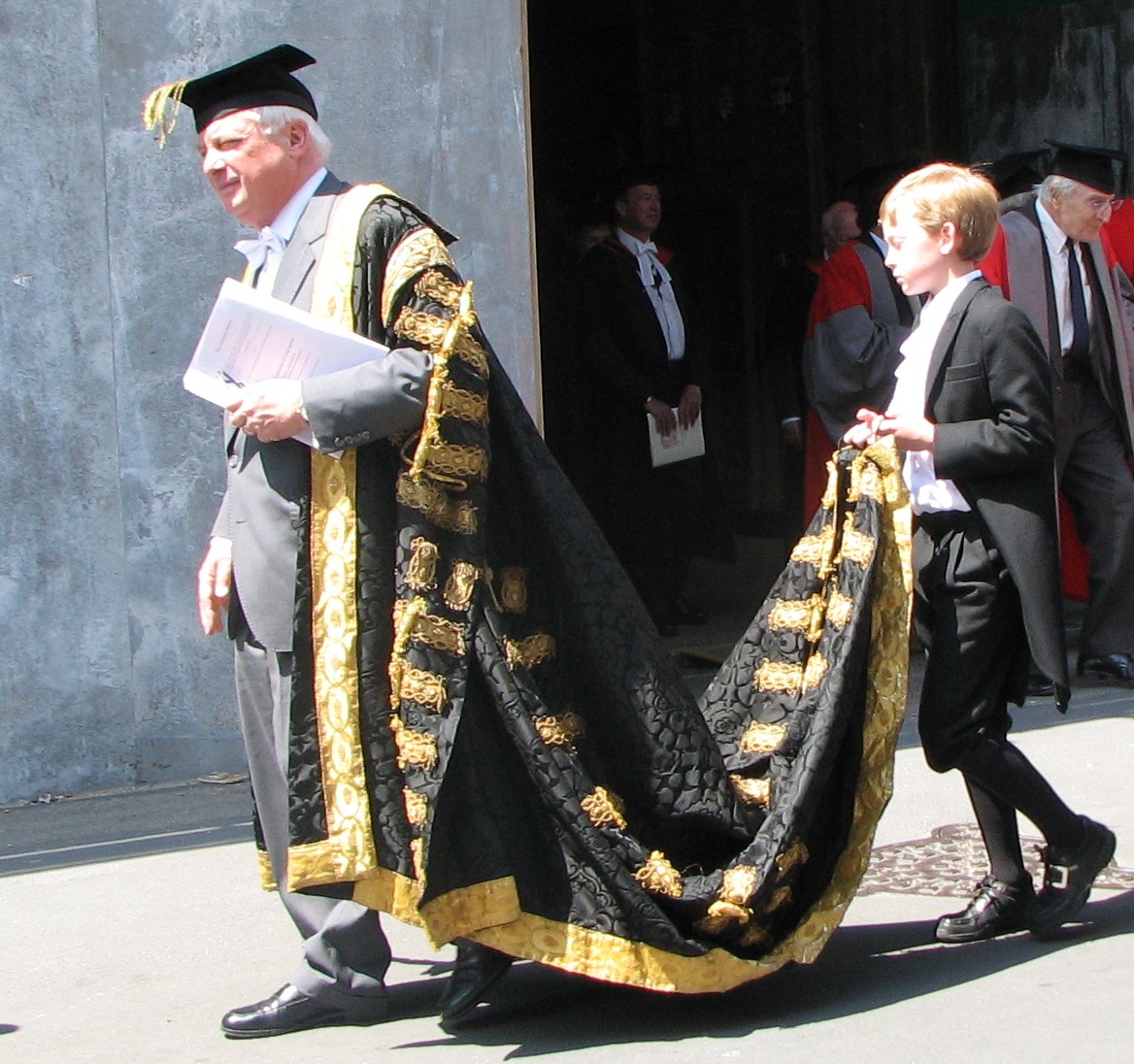|
Shrine Of Mian Mir
The Shrine of Mian Mir (Punjabi language, Punjabi and ur, ) is a 17th-century shrine located in Lahore, Pakistan, that is dedicated to the Sufi mystic Mian Mir. The shrine is one of the most celebrated in Lahore, and has historically been revered by both Muslims and Sikhs. Location The tomb is located in the Alam Ganj neighbourhood of the Dharampura municipality, approximately 3 kilometres west of Lahore's Walled City of Lahore, Walled City. History Mian Mir wished to be buried next to his long-time friend Syed Muhammad Natha Shah Gilani. The tomb was built on the orders of Dara Shikoh, and was completed in 1640. Dara Shikoh had previously built a shrine dedicated to ''Mullah Shah'', but intended for the shrine of Mian Mir to more superb. After Dara Shikoh's death, the Mughal Emperor Aurangzeb used much of the material collected by Dara Shikoh for the construction of Mian Mir's tomb, and instead used those materials in the construction of Lahore's grand Badshahi Mosque. The shr ... [...More Info...] [...Related Items...] OR: [Wikipedia] [Google] [Baidu] |
Lahore
Lahore ( ; pnb, ; ur, ) is the second most populous city in Pakistan after Karachi and 26th most populous city in the world, with a population of over 13 million. It is the capital of the province of Punjab where it is the largest city. Lahore is one of Pakistan's major industrial and economic hubs, with an estimated GDP ( PPP) of $84 billion as of 2019. It is the largest city as well as the historic capital and cultural centre of the wider Punjab region,Lahore Cantonment globalsecurity.org and is one of Pakistan's most socially liberal, |
Granite
Granite () is a coarse-grained ( phaneritic) intrusive igneous rock composed mostly of quartz, alkali feldspar, and plagioclase. It forms from magma with a high content of silica and alkali metal oxides that slowly cools and solidifies underground. It is common in the continental crust of Earth, where it is found in igneous intrusions. These range in size from dikes only a few centimeters across to batholiths exposed over hundreds of square kilometers. Granite is typical of a larger family of ''granitic rocks'', or '' granitoids'', that are composed mostly of coarse-grained quartz and feldspars in varying proportions. These rocks are classified by the relative percentages of quartz, alkali feldspar, and plagioclase (the QAPF classification), with true granite representing granitic rocks rich in quartz and alkali feldspar. Most granitic rocks also contain mica or amphibole minerals, though a few (known as leucogranites) contain almost no dark minerals. Granite is ... [...More Info...] [...Related Items...] OR: [Wikipedia] [Google] [Baidu] |
Lahore Cantonment
Lahore Cantonment ( ur, ) is a garrison located in Lahore, Punjab, Pakistan. Although the cantonment is located within Lahore City District (UC 152), it is an independent municipality under control of the Military Lands & Cantonments Department of the Ministry of Defence. Lahore Cantonment is regarded as an upscale neighbourhood of Lahore as it mostly consists of numerous housing schemes and high end markets Neighbourhoods *Cantonment *Defence * Cavalry Ground * Islamnagar Military Lahore Cantonment serves as the headquarters of 4 Corps. The 10th and 11th Divisions of the Pakistan Army are also based in Lahore Cantonment. Cemetery The DHA Graveyard in Lahore, Pakistan is a Muslim cemetery in Lahore Cantonment, Pakistan operated by the Defence Housing Authority. It is located in S-Block, Phase II (DHA) adjutant to Ghazi Road of Lahore Cantonment. Transportation * Lahore Cantonment railway station *Allama Iqbal International Airport Allama Iqbal International Airport ... [...More Info...] [...Related Items...] OR: [Wikipedia] [Google] [Baidu] |
Threads For 'mannat'
Thread may refer to: Objects * Thread (yarn), a kind of thin yarn used for sewing ** Thread (unit of measurement), a cotton yarn measure * Screw thread, a helical ridge on a cylindrical fastener Arts and entertainment * ''Thread'' (film), 2016 Greek film * ''Threads'' (1932 film), a film directed by G. B. Samuelson * ''Threads'' (1984 film), a 1984 BBC television movie about a nuclear attack * ''Threads'' (2017 film), a Norwegian-Canadian animated short film * "Threads" (''Stargate SG-1''), a 2005 Stargate SG-1 episode * "Thread", a poem by Patti Smith from ''Babel'' * Thread, a lethal spore in the Dragonriders of Pern universe * ''Phantom Thread'', 2017 American historical drama film * '' Project Runway: Threads'', a Project Runway spin-off with child contestants Music * ''Threads'' (Battlefield Band album), 1995 * ''Threads'' (David S. Ware album), 2003 * ''Threads'' (Now, Now album), 2012 * ''Threads'' (Temposhark album), 2010 * ''Threads'' (Sheryl Crow album), 2019 ... [...More Info...] [...Related Items...] OR: [Wikipedia] [Google] [Baidu] |
Tomb Of Nadira Begum
The Tomb of Nadira Begum ( ur, ) is a Mughal era tomb in the city of Lahore, Pakistan, which houses the tomb of Mughal princess Nadira Banu Begum, wife of Prince Dara Shikoh. Background Nadira was the wife of Dara Shikoh, who served as the governor of Lahore in the 1640s. In 1659, Dara was fighting his brother Aurangzeb for the Mughal throne. After Dara's defeat in the Battle of Deorai, he and his wife tried to flee to Iran through the Bolan Pass, but Nadira died of dysentery and exhaustion. Though Dara's troops were depleted, he sent his remaining soldiers to carry his wife's body from the pass to Lahore, to be buried near the shrine of Mian Mir, whom both considered to be their "spiritual guide". History The tomb is believed to have been robbed of all costly marbles and semi-precious stones during Ranjit Singh's rule, leaving it in a "dilapidated" state. The tomb is also a prey to "contemporary vandalism" which is evident from the gaudy graffiti on the mausoleum "with the ugl ... [...More Info...] [...Related Items...] OR: [Wikipedia] [Google] [Baidu] |
Jannah
In Islam, Jannah ( ar, جَنّة, janna, pl. ''jannāt'',lit. "paradise, garden", is the final abode of the righteous. According to one count, the word appears 147 times in the Quran. Belief in the afterlife is one of the six articles of faith in Sunni and Twelver Shi'ism, a place where " believers" (''Mumin'') will enjoy pleasure, while the unbelievers (''Kafir'') will suffer in '' Jahannam''. Thomassen, "Islamic Hell", Numen, 56, 2009: p.401 Both ''Jannah'' and '' Jahannam'' are believed to have several levels, in both cases, the higher the level, the more desirable -- in ''Jannah'' the higher the prestige and pleasure, in ''Jahannam'' the less the suffering. The afterlife experiences are described as physical, psychic and spiritual. Jannah is described with physical pleasures such as gardens, houris, wine that has no aftereffects, and "divine pleasure". Their reward of pleasure will vary according to the righteousness of the person. The characteristics of ''Jannah'' o ... [...More Info...] [...Related Items...] OR: [Wikipedia] [Google] [Baidu] |
Page (servant)
A page or page boy is traditionally a young male attendant or servant, but may also have been a messenger in the service of a nobleman. During wedding ceremonies, a page boy is often used as a symbolic attendant to carry the rings. Etymology The origin of the term is uncertain, but it may come either from the Latin ''pagus'' (servant), possibly linked to peasant, or an earlier Greek word (''pais'' = child). The medieval page In medieval times, a page was an attendant to a nobleman, a knight, a governor or a castellan. Until the age of about seven, sons of noble families would receive training in manners and basic literacy from their mothers or other female relatives. Upon reaching seven years of age, a boy would be sent to the castle, great house or other estate of another noble family. This would match the age at which apprenticeships or servants' employment would be entered into by young males from lower social classes. A young boy served as a page for about seven ... [...More Info...] [...Related Items...] OR: [Wikipedia] [Google] [Baidu] |
Persian Language
Persian (), also known by its endonym and exonym, endonym Farsi (, ', ), is a Western Iranian languages, Western Iranian language belonging to the Iranian languages, Iranian branch of the Indo-Iranian languages, Indo-Iranian subdivision of the Indo-European languages. Persian is a pluricentric language predominantly spoken and used officially within Iran, Afghanistan, and Tajikistan in three mutual intelligibility, mutually intelligible standard language, standard varieties, namely Iranian Persian (officially known as ''Persian''), Dari, Dari Persian (officially known as ''Dari'' since 1964) and Tajik language, Tajiki Persian (officially known as ''Tajik'' since 1999).Siddikzoda, S. "Tajik Language: Farsi or not Farsi?" in ''Media Insight Central Asia #27'', August 2002. It is also spoken natively in the Tajik variety by a significant population within Uzbekistan, as well as within other regions with a Persianate society, Persianate history in the cultural sphere of Greater Ira ... [...More Info...] [...Related Items...] OR: [Wikipedia] [Google] [Baidu] |
Couplet
A couplet is a pair of successive lines of metre in poetry. A couplet usually consists of two successive lines that rhyme and have the same metre. A couplet may be formal (closed) or run-on (open). In a formal (or closed) couplet, each of the two lines is end-stopped, implying that there is a grammatical pause at the end of a line of verse. In a run-on (or open) couplet, the meaning of the first line continues to the second. Background The word "couplet" comes from the French word meaning "two pieces of iron riveted or hinged together". The term "couplet" was first used to describe successive lines of verse in Sir P. Sidney's '' Arcadia '' in 1590: "In singing some short coplets, whereto the one halfe beginning, the other halfe should answere." While couplets traditionally rhyme, not all do. Poems may use white space to mark out couplets if they do not rhyme. Couplets in iambic pentameter are called '' heroic couplets''. John Dryden in the 17th century and Alexander Pope i ... [...More Info...] [...Related Items...] OR: [Wikipedia] [Google] [Baidu] |
Dervish
Dervish, Darvesh, or Darwīsh (from fa, درویش, ''Darvīsh'') in Islam can refer broadly to members of a Sufi fraternity (''tariqah''), or more narrowly to a religious mendicant, who chose or accepted material poverty. The latter usage is found particularly in Persian and Turkish (''derviş'') as well as in Amazigh (''Aderwish''), corresponding to the Arabic term '' faqīr''. Their focus is on the universal values of love and service, deserting the illusions of ego (''nafs'') to reach God. In most Sufi orders, a dervish is known to practice ''dhikr'' through physical exertions or religious practices to attain the ecstatic trance to reach God. Their most popular practice is Sama, which is associated with the 13th-century mystic Rumi. In folklore and with adherents of Sufism, dervishes are often credited with the ability to perform miracles and ascribed supernatural powers. Historically, the term Dervish has also been used more loosely, as the designation of various Islami ... [...More Info...] [...Related Items...] OR: [Wikipedia] [Google] [Baidu] |
Quadrangle (architecture)
In architecture, a quadrangle (or colloquially, a quad) is a space or a courtyard, usually rectangular (square or oblong) in plan, the sides of which are entirely or mainly occupied by parts of a large building (or several smaller buildings). The word is probably most closely associated with college or university campus architecture, but quadrangles are also found in other buildings such as palaces. Most quadrangles are open-air, though a few have been roofed over (often with glass), to provide additional space for social meeting areas or coffee shops for students. The word ''quadrangle'' was originally synonymous with ''quadrilateral'', but this usage is now relatively uncommon. Some modern quadrangles resemble cloister gardens of medieval abbey, monasteries, called ''garths'', which were usually square or rectangular, enclosed by covered Arcade (architecture), arcades or cloisters. However, it is clear from the oldest examples (such as Mob Quad) which are plain and unadorned ... [...More Info...] [...Related Items...] OR: [Wikipedia] [Google] [Baidu] |




_001.jpg)
